Proud owners of new telescopes often spend their first few stargazing sessions zipping all around the sky, moving quickly from object to object.
This can be a very exciting time, and experiences like seeing Saturn’s rings for the first time are not soon forgotten.
However, once we start to really explore the vast night sky, it becomes obvious that there is more involved than just looking up through a telescope if we want to observe the most interesting things hidden amongst the stars.
Thankfully, there are many telescope accessories available to help.
We can break these down into three groups: accessories that make the night sky easier to navigate, gadgets that can improve your view through a telescope, and those that make for an overall more enjoyable astronomy experience.
Navigating the night sky
There are thousands of fascinating objects to see while observing, but finding them can be tricky.
Even computerised telescope mounts with automatic object location need aligning on known stars before they can accurately locate targets, and manually-operated telescopes rely on the user being able to find the target themselves.
Accessories that can help are star atlases, planispheres, smartphone apps and finderscopes, all of which make it easier to point your telescope in the right direction.
Planispheres are the most basic device for recognising the constellations in the night sky and offer a cheap and traditional option for sky navigation.
Choose one made from weatherproof plastic that is readable at night under red light (so as not to spoil your dark-adapted vision), and which is calibrated for your observing latitude.
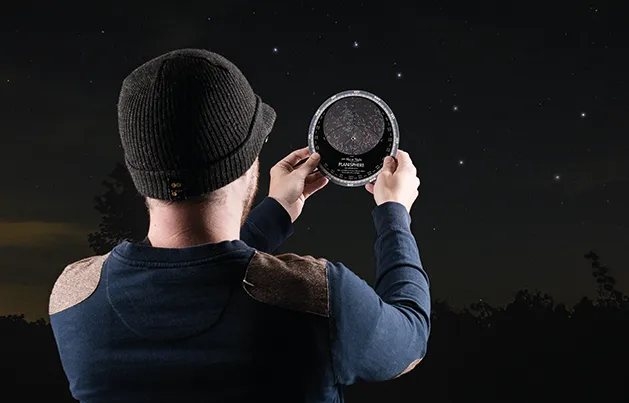
Sky maps or star atlases act as a point of reference while stargazing, and also before and after the session, being helpful for planning what you’d like to see that evening and revealing how to actually find the objects using nearby stars for reference.
Plus, when you stumble across an interesting object, star maps make it easier to determine what you’re actually looking at!
While they range from fairly straightforward and easily-followed maps to extremely detailed documents with thousands of bits of information, any good star atlas should be easy to read at night (again, by red light), contain major objects of interest and offer helpful tips or more detailed maps for trickier objects.
Becoming increasingly popular, astronomy apps for smartphones and tablets make use of GPS to display the appropriate night sky according to the precise time and exact location that you are stargazing.
Unlike books they can be updated frequently to provide information for interesting events like eclipses, comets or even asteroids.
Many of these apps have a free version, with paid-for upgrades offering more functionality.
A particularly useful feature of these apps is the ability to zoom in and out on a target, revealing its position from a wider perspective and making it easier to find with your telescope.
Firm favourites among astronomers are the free software Stellarium, which offers a realistic view against the horizon, and SkySafari which details the best objects to see that night, reveals information about them, and makes them easier to find.
Some objects have photographs included to give an idea of what you are looking for.
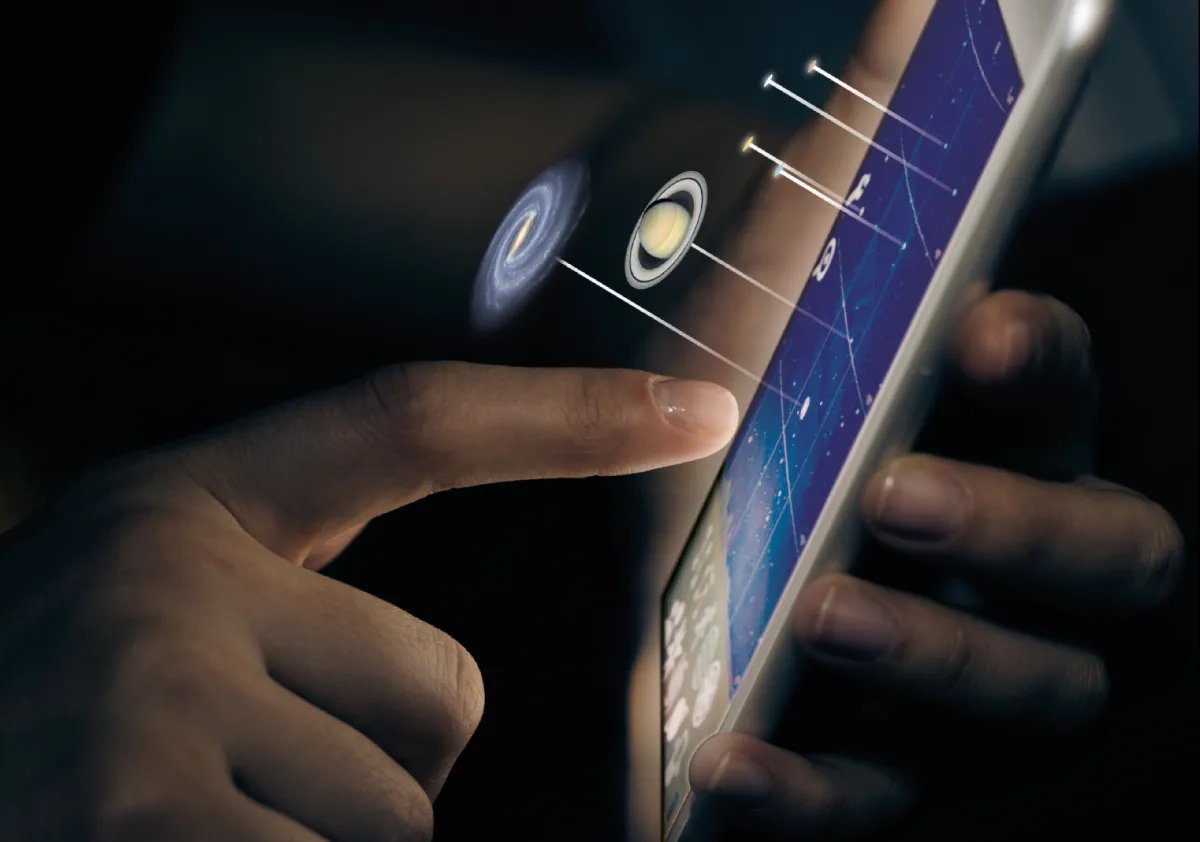
A good astronomy app should have a night-vision-friendly red light option and be easy enough to operate even with cold fingers.
With a target decided on and its position in the sky determined from an app or star atlas, the next trick is to accurately point the telescope at the right place.
Typically, the finderscopes that are included with new telescopes offer a wide view with a central crosshair, but to anyone unfamiliar with the sky, the view can still be confusing.
Some accessories make it easier to see where the telescope is pointing without squinting through a small finderscope.
An example is a laser pointer, although extreme care needs to be taken when using them, and they may be unpopular with other astronomers as they can disrupt the view of the night sky.
A Telrad finderscope on the other hand safely projects a dimmable reticle onto a screen, and many telescope users find them invaluable aids to sky navigation.
Pin-sharp point of view
With the target in sight, we need to be sure that we are enjoying the best view possible.
Some of that will come down to eyepiece choice, which we deal with in part three of this guide.
Many newcomers to stargazing will start out observing the Moon or bright planets like Jupiter and Saturn.
The Moon can be quite dazzling to observe, especially near full illumination, and observation is easier through a lunar filter.
These screw on to the front of your eyepiece and reduce the glare, and are amongst the most popular accessories.
While the Moon is very bright, planets can appear very small, so another favourite choice is known as a Barlow, an extra magnifying lens that goes in front of an eyepiece and enlarges the view.
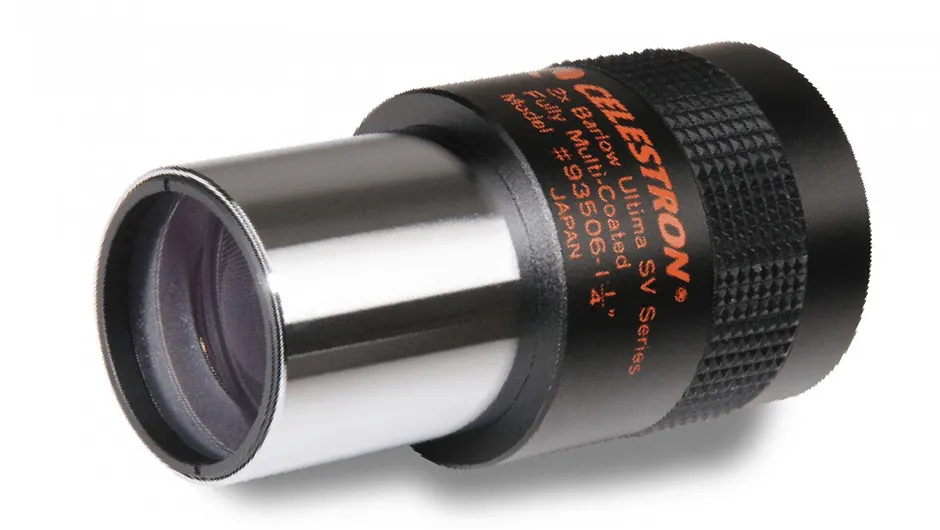
The Moon and the planets are natural candidates for increased magnification, and extra details may be seen on their surface.
A nice Barlow lens can effectively double your eyepiece collection, but it should be noted that there is a limit to useful magnification dictated by your equipment and sky conditions.
Getting the very best views from some telescopes may involve a bit of maintenance and reflectors, including Dobsonians, will likely need to be collimated periodically to produce the sharpest views.
Collimation is the process of accurately lining up the telescope mirrors.
Poorly-aligned optics can produce odd-shaped stars and soft planetary views.
Although the process sounds daunting, it is made simpler with accessories like a Cheshire collimator, or devices that use a reflected laser beam.
Video tutorials providing useful instructions can often be found online.
A perfectly enjoyable stargazing session can be prematurely cut short if the telescope succumbs to dew, and all varieties of scope can be affected.
A simple dew shield that acts as an extension of the main tube can offer some protection and helps improve views by blocking stray light.
Alternatively, electronic dew controllers powered with a 12V supply provide a proactive stance against dew, with an adjustable power output connected to heated straps that gently warm the optics to prevent dew forming on them.
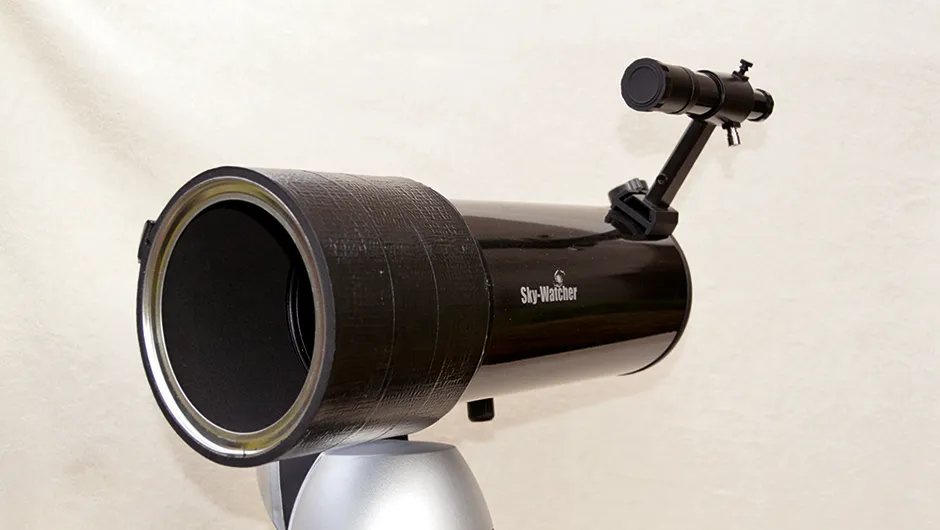
Enhancing the astronomy experience
Some accessories really help to improve the overall enjoyment of a good observing session.
A dedicated observing chair with adjustable height, for instance, is useful for keeping comfortable for the duration.
Being able to relax while observing means you are more likely to spend longer at the eyepiece, which in turn means you are more likely to spot extra details and features on your target.
While observing chairs can be purchased, they can also be constructed from simple plans (click here for our own DIY guide).
Where a low voltage electricity supply is required, perhaps for electronic mounts or dew control apparatus, portable battery packs are available with outputs necessary for a typical telescope setup.
Recent improvements in battery technology and practical additions like USB charging points make these packs very useful accessories.
Over time, glass telescope lenses and eyepieces may require gentle cleansing, and microfibre cloths along with a specialist product like Baader Optical Wonder fluid can remove marks without leaving residues.
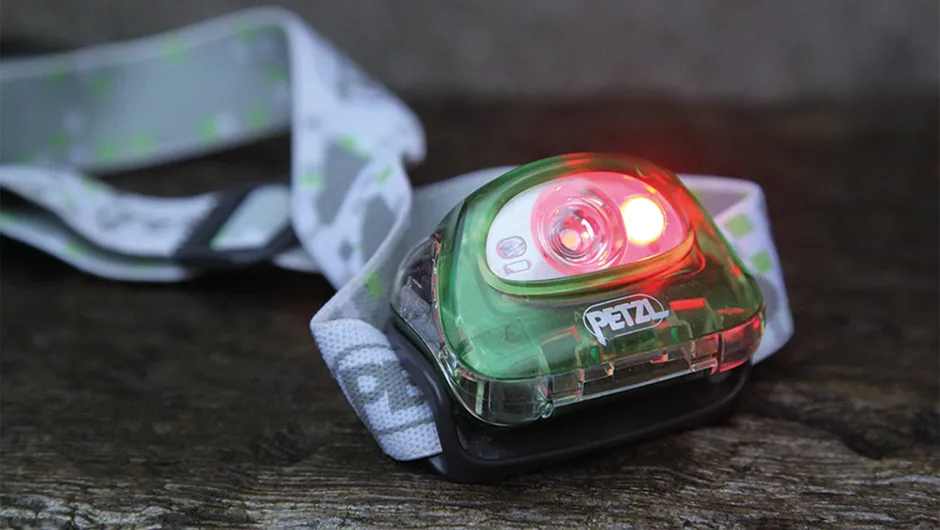
A good red torch is pretty much essential while observing.
Red light has the least impact on our natural adaptation to the dark and can be used to read star maps and move around safely at night.
The less light the better, so look for dimmable torches when choosing.
At times it may be preferable to leave equipment set up outside, either overnight or for longer periods.
Weatherproof telescope covers are available to fit most equipment and can be simply attached over the telescope after use.
This may enable subsequent sessions without having to re-do alignments, or just make it easier to dismantle equipment in the daylight rather than in the dark.
Whichever telescope you use, and whatever you like to observe, there are always extra accessories to help you get more out of your stargazing sessions.
An astro-gadget guide
Our pick of some of the astronomy accessories that will help you view the night sky.
Moon Filter
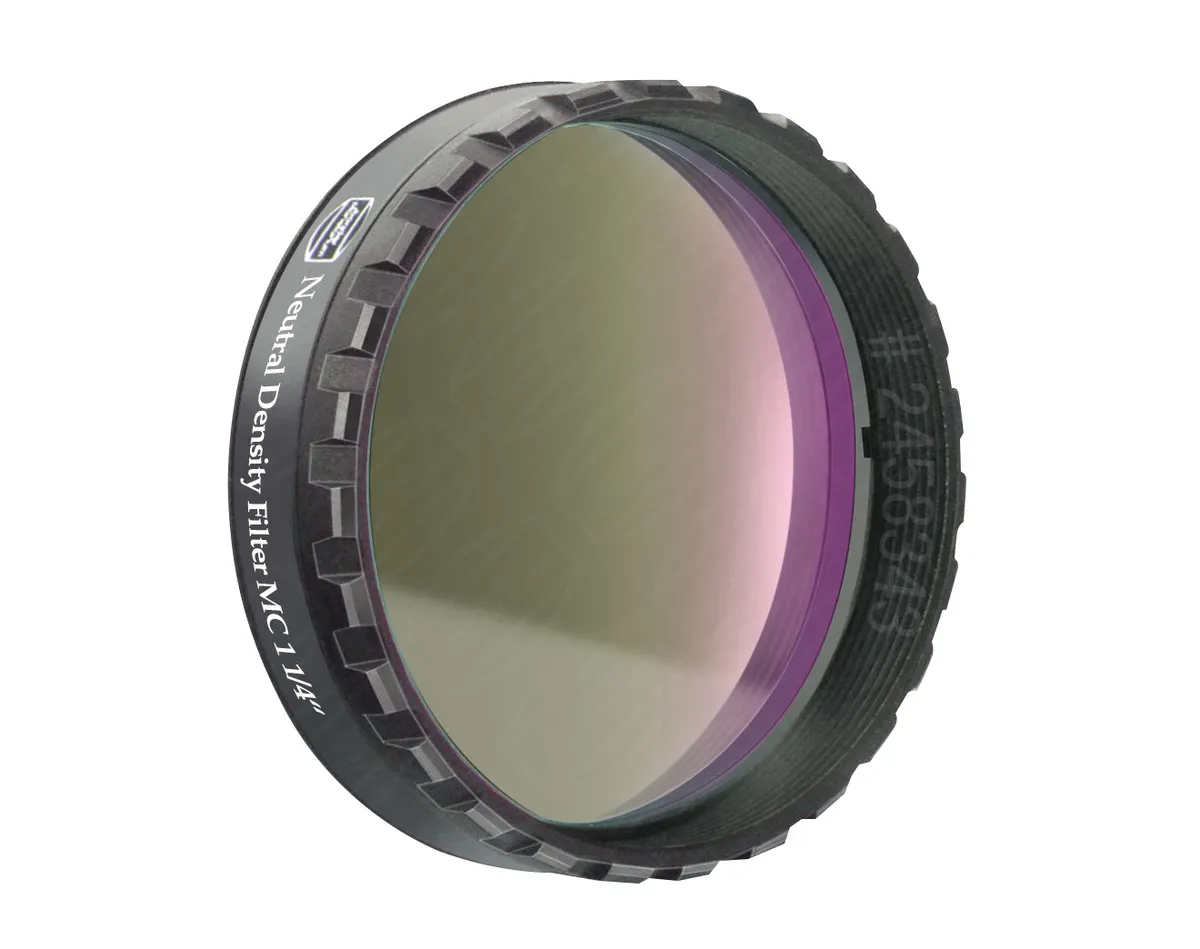
The Baader Neutral Density Moon Filter is available for both 1.25- and 2-inch eyepieces and reduces glare from the Moon and planets. Choose an appropriate density to suit your telescope.
TeleVue 2x 1.25-inch Barlow lens
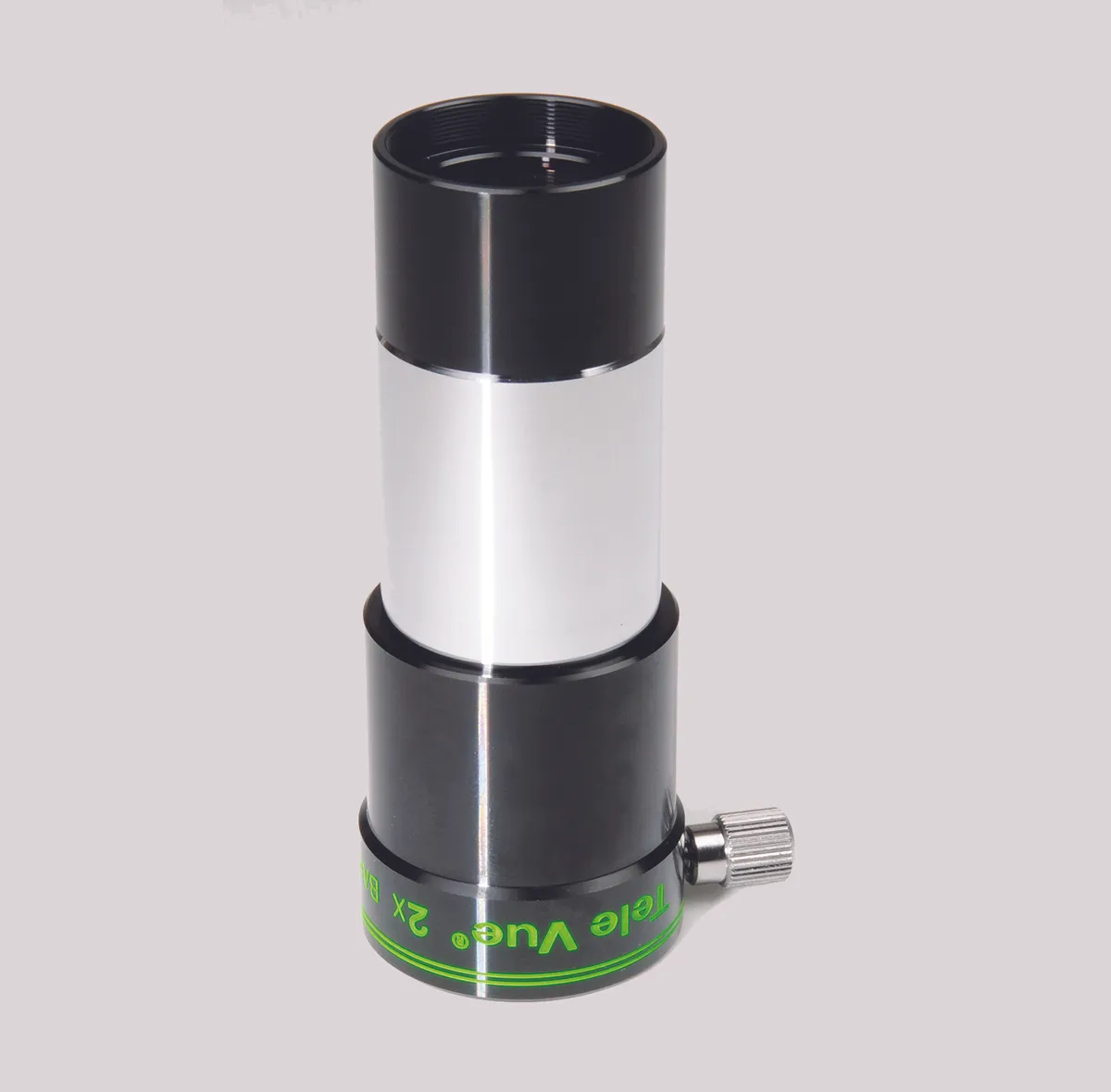
With 2x magnification this premium quality Barlow lens makes a 10mm eyepiece act like a 5mm, and so on, without degrading the view, and was the best performing in our own tests.
£112 www.astroshop.eu
Celestron Powertank Lithium
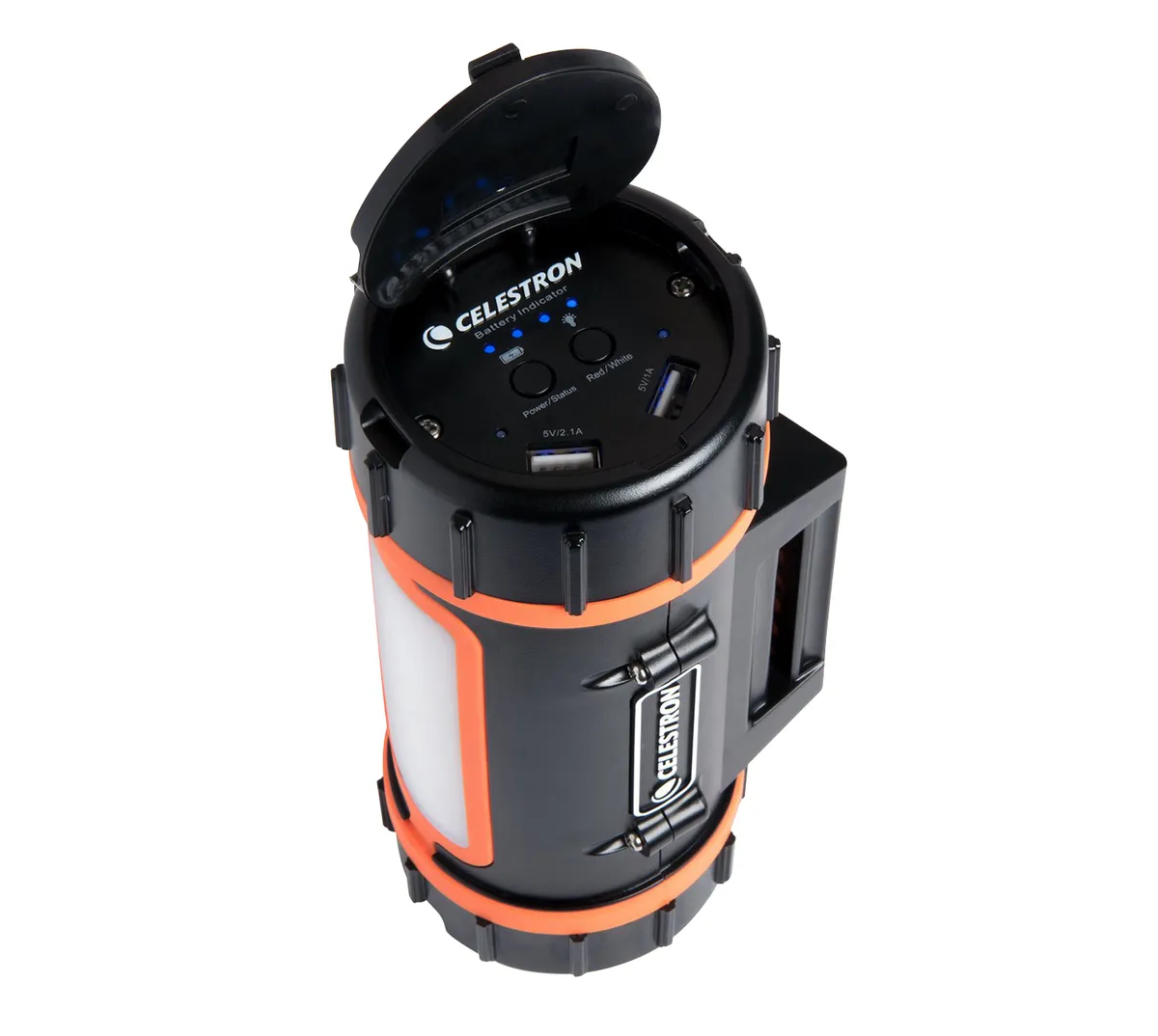
More environmentally friendly than lead acid batteries, with a long life and 2,000 charge cycles, this power tank provides 12V power to mounts and accessories, including USB charging and dual brightness red or white lighting options.
£119 www.celestron.com
Turn Left At Orion
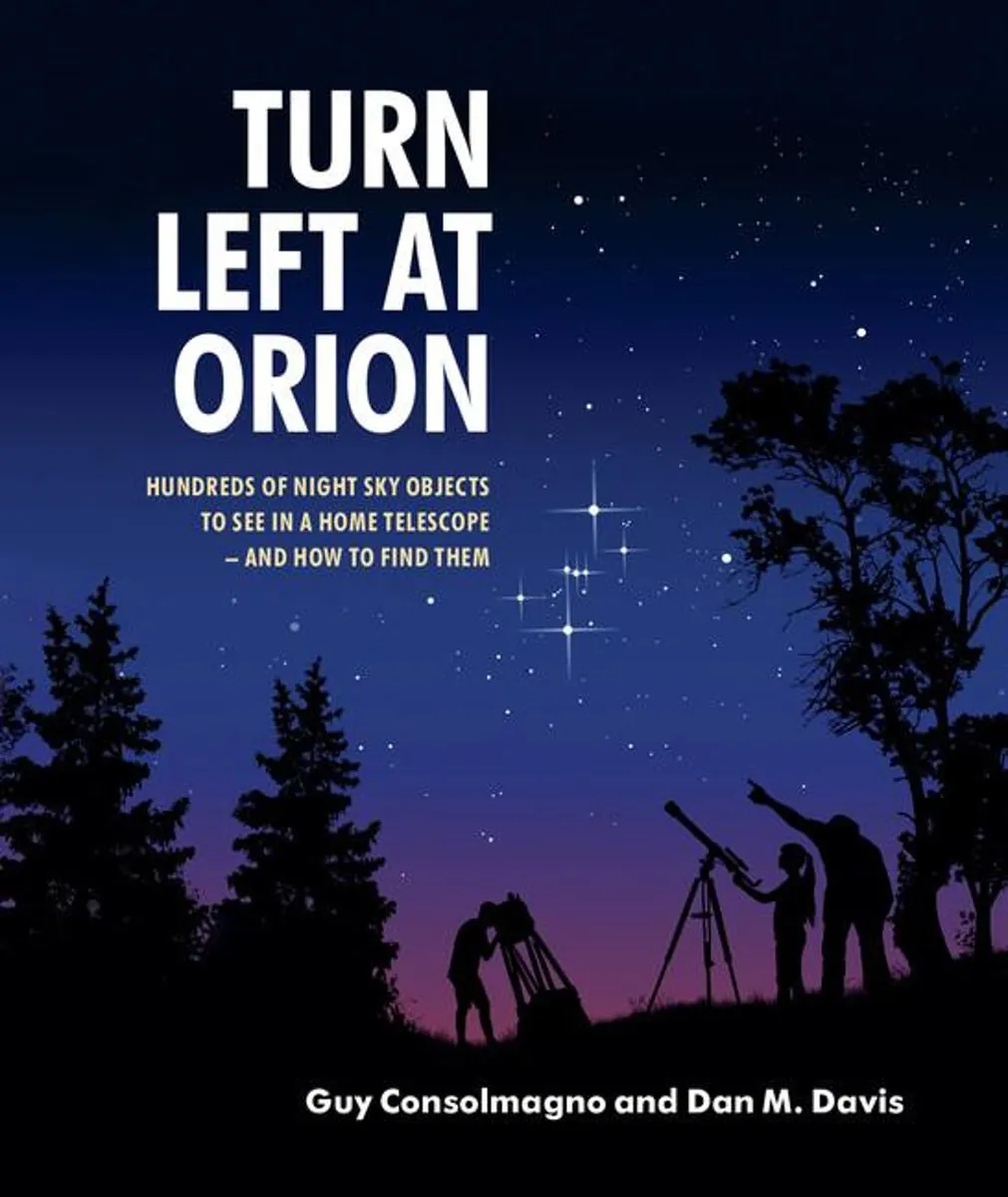
There are many observing guides on the market and Turn Left At Orion is one of my favourites. It is especially useful for owners of typical home telescopes and Dobsonians, whether astronomy newcomers or seasoned observers.
Telrad Finder
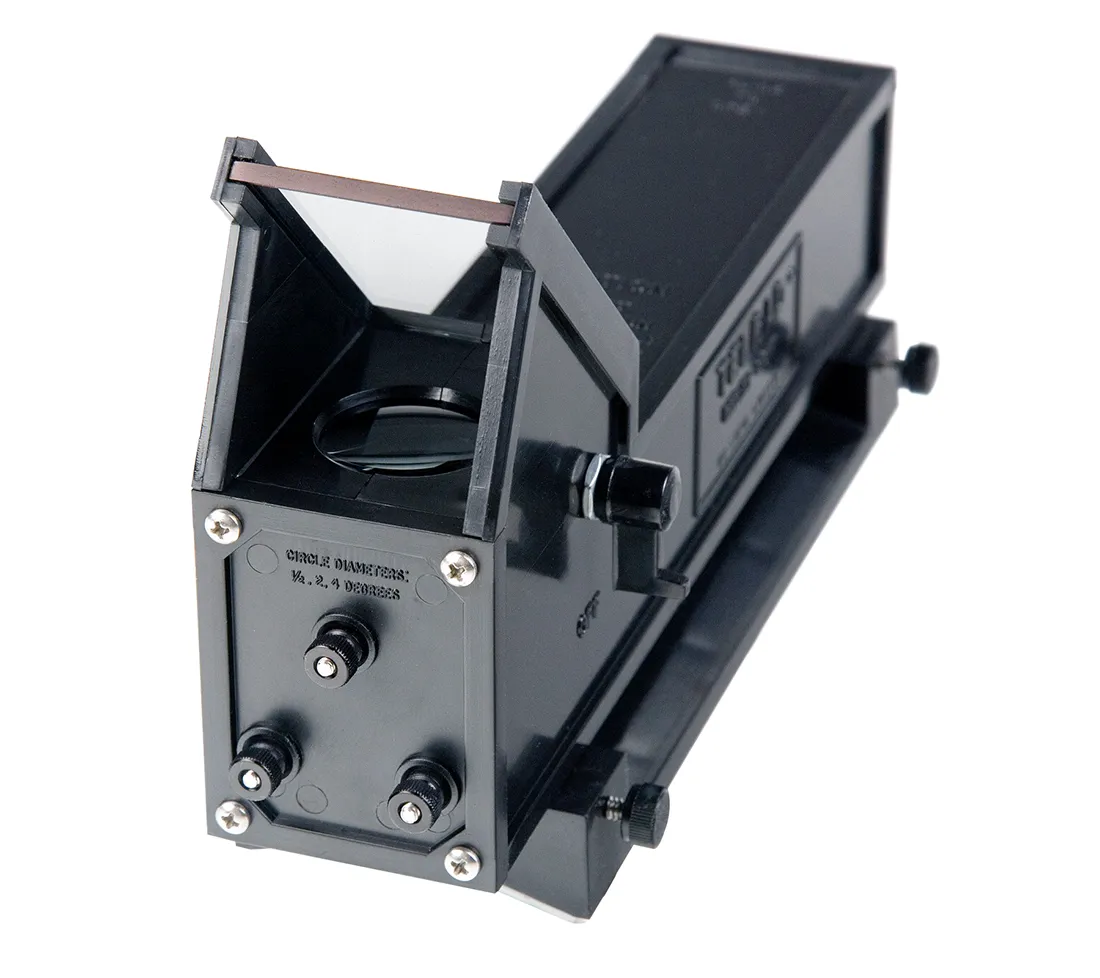
A battery-powered Telrad reflex sight is mounted atop your telescope and displays calibrated circles against the night sky. The larger circle shows the area typically covered by a standard finderscope, while the smaller circle shows the area seen in the eyepiece.

